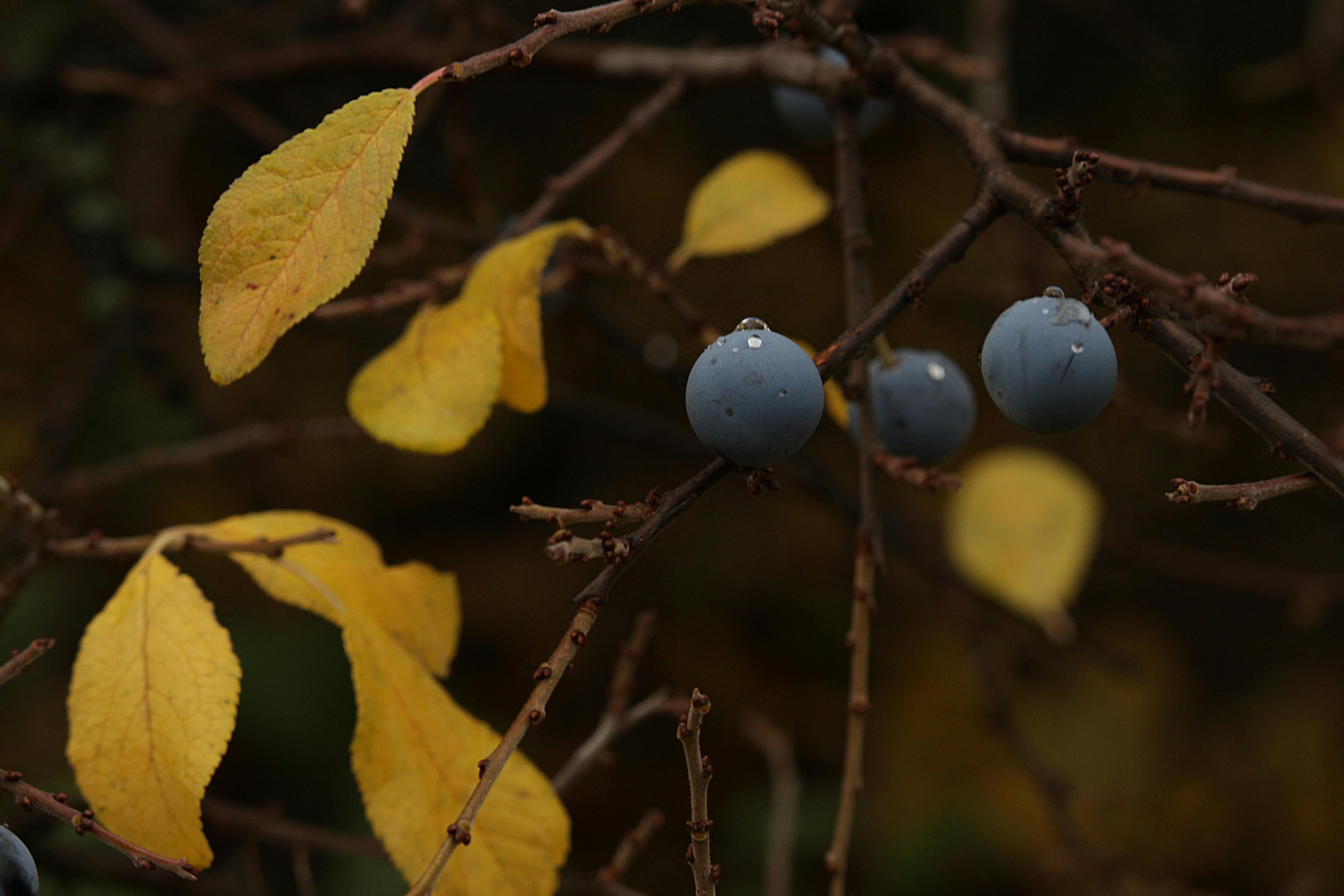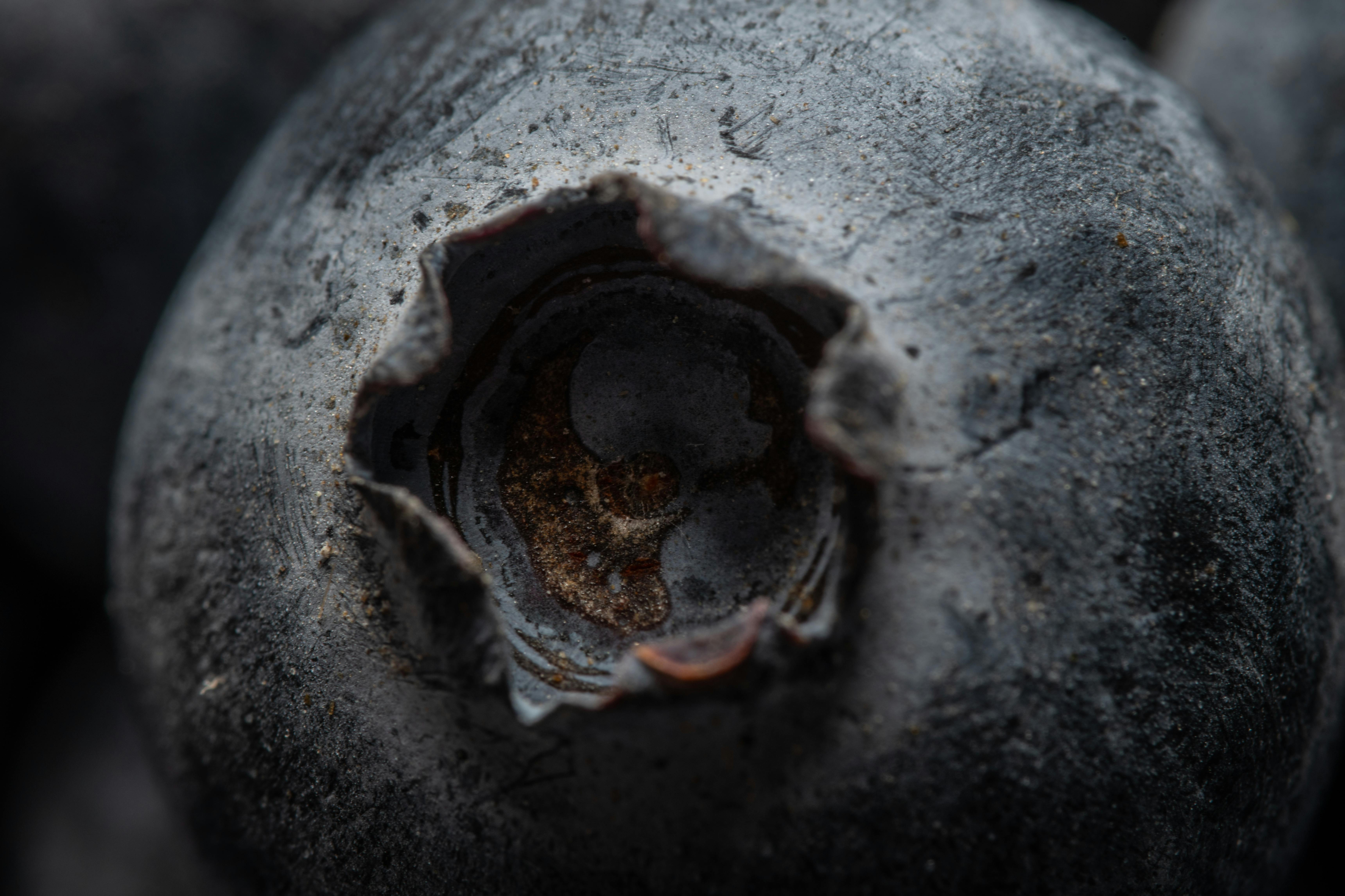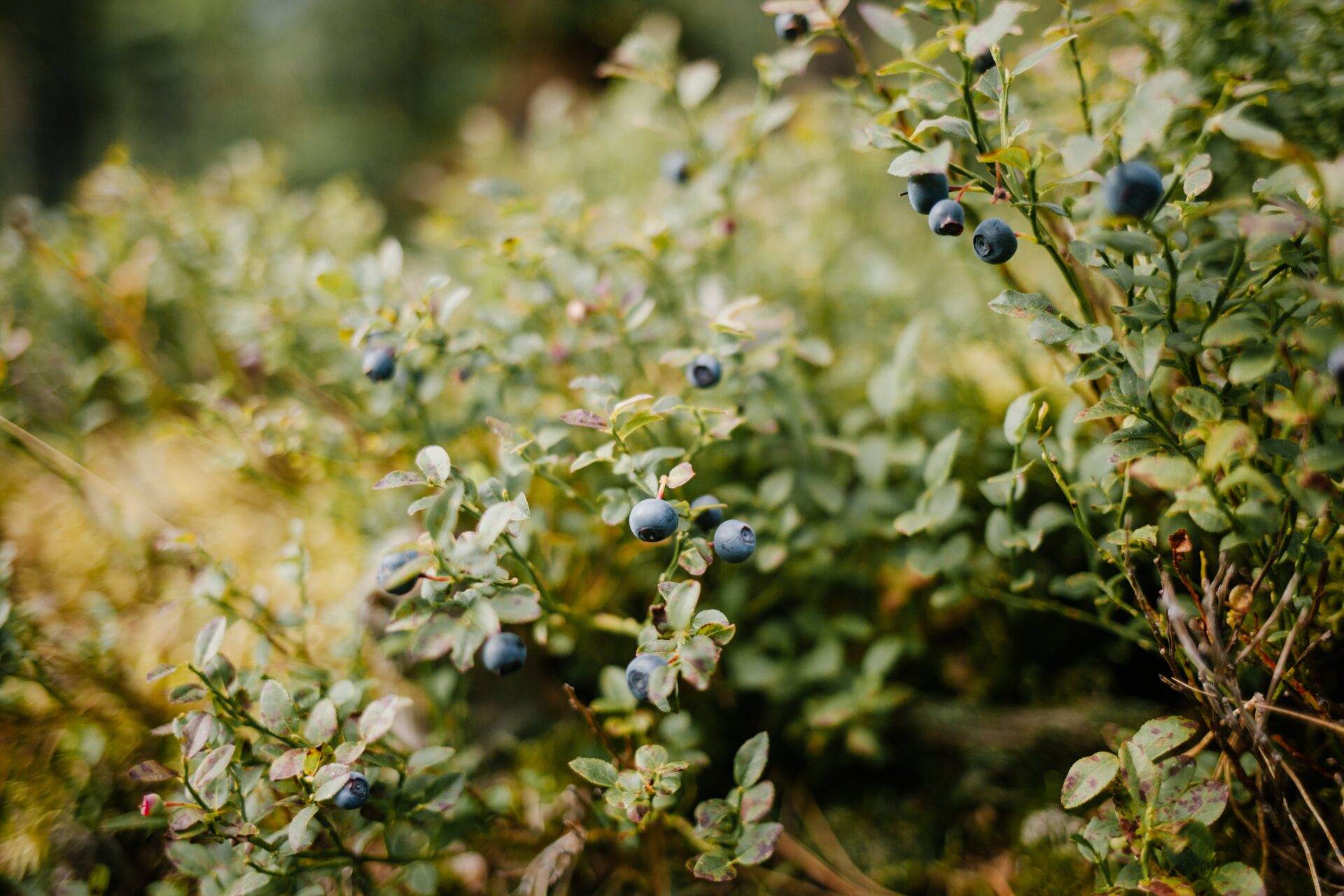Blueberry bushes are a great addition to any garden or landscape. Not only are they attractive and delicious, but they can also be propagated, allowing you to grow multiple plants from a single bush. Propagating blueberry bushes is an easy process that requires few supplies and minimal effort. With this guide, you will learn how to propagate blueberry bushes so that you can enjoy your own homegrown berries in no time!Propagating blueberry bushes is the process of growing new blueberry plants from existing ones. This can be done either through cuttings, which involves taking a small branch from an existing plant and rooting it, or through layering, which involves taking a branch from an existing plant and burying it in the soil so that new roots will form. Propagating blueberry bushes is a simple and inexpensive way to expand your garden or start a new one.
Grafting Blueberry Bushes
Grafting is a great way to improve the quality of your blueberry bushes. By carefully grafting onto a compatible rootstock, you can create a bush that will produce bigger and sweeter berries than ungrafted plants. Grafting also allows you to propagate new varieties of blueberries that may not be available as seedlings or cuttings. Here’s how to do it:
Start by selecting a healthy, mature blueberry bush that is at least 2 years old and has a good root system. This will be the rootstock for your graft. Make sure the rootstock is compatible with the variety of blueberry you’re grafting onto it. If necessary, you can use multiple rootstocks for each variety of berry.
Choose 2-3 healthy shoots from the desired variety of blueberry bush and cut them off about 6 inches below the node (where there are leaves). The shoot should be about 1/4 inch thick and have a few leaves on it.
Next, prepare the rootstock by cutting off any existing shoots or branches about 3 inches above the ground. You should also remove any buds growing around the node where your graft will be placed.
To prepare the scion (the shoot you’ve cut from the desired variety of blueberry), make a long downward sloping cut on one side at an angle of about 45 degrees. Then make an upward sloping cut on the other side, so that when you put them together they form an upside down “V” shape.
Carefully place the scion onto the prepared rootstock and tie it in place using biodegradable twine or soft garden tape. Make sure to keep it secure but not too tight, as this could damage both parts of your graft.
Once your graft has been secured in place, prune back any remaining shoots or branches from both plants so that only healthy growth remains. Finally, water your new grafted blueberry bush thoroughly and keep it well-mulched to help retain moisture. With proper care and maintenance, your grafted bush should produce delicious berries within two to three years!
Propagating Blueberry Bushes
Propagating blueberry bushes can be a rewarding experience. With the proper supplies, it is possible to expand your garden with homegrown plants. To propagate blueberry bushes, you will need a few supplies. These include rooting hormone, potting soil, and either a cutting or root division from an existing plant.
Rooting hormone is a powdered or liquid substance that helps promote root development in cuttings or sections of roots. This should be applied to any part of the plant that will be used for propagation as soon as possible after it has been cut. Potting soil should be selected with an appropriate mix of nutrients and drainage capability for blueberry bushes.
To propagate by cutting, choose healthy material from an existing plant and make sure it is free of pests and diseases. Cuttings should be taken just below the node (the point where new growth begins) and should be about four to six inches long with two to four leaves attached. Dip the cutting into rooting hormone and then insert it into the potting soil so that at least one node remains visible above the soil line. Keep the potting soil moist but not wet until roots appear in two to three weeks, then water as needed until established.
To propagate by root division, choose healthy material from an existing plant that still has its roots intact and make sure it is free of pests and diseases. Carefully dig up the entire bush and divide it into smaller pieces using a sharp knife or pruning shears. Each piece should have at least two to three nodes with some roots attached. Dip each divided piece into rooting hormone before planting in moist potting soil so that at least one node remains visible above the soil line. Water as needed until established in two to three weeks or longer depending on the size of the division pieces used for propagation.
By following these simple steps, you can successfully propagate your own blueberry bushes for your garden!
Benefits of Propagating Blueberry Bushes
Propagating blueberry bushes can be a great way for gardeners to increase their crop yield. The process involves taking cuttings from existing blueberry plants and planting them in a desired area. This has several benefits, including cost savings, increased hardiness, and faster production of fruit.
By propagating blueberry bushes instead of purchasing new plants from a nursery, gardeners can save money. While the cost of the supplies used to propagate the plants may be significant up front, it will be much less expensive overall than buying multiple plants from a nursery.
When propagating blueberries, gardeners are able to choose hardy parent plants that have successfully survived in the local climate and soil conditions. This helps ensure that the cuttings they propagate will also be hardy and produce good yields of fruit.
The process is also much faster than purchasing new plants from a nursery and waiting for them to grow and bear fruit. Once planted, propagated cuttings will usually take root within weeks and begin producing fruit in one to two years or less. This allows gardeners to quickly increase their crop yield without waiting several years for new plants to mature.
Where to Obtain Cuttings for Propagating Blueberry Bushes?
Cuttings are a great way to propagate blueberry bushes. Many nurseries, garden centers, and online vendors offer cuttings of popular varieties. If you’re looking to save some money, consider joining a blueberry-growing co-op in your area or ask around for local growers who may be willing to provide cuttings. You could also look into trading cuttings with other gardeners in your area.
When selecting cuttings, make sure they’re healthy and free from disease or insect damage. You should also check the roots for signs of rot or pests. Cuttings should be firm and have at least two inches of new growth on them. It’s best to select cuttings that are less than a year old for the highest success rate when propagating blueberry bushes.
When you obtain the cuttings, keep them moist but not wet until you’re ready to use them. Make sure they’re stored in a cool place away from direct sunlight and extreme temperatures until you’re ready to plant them. Once planted and watered correctly, your new blueberry bush should thrive in its new home!

Step 1: Choose the Right Time to Collect Cuttings
When collecting cuttings from an established blueberry bush, it is important to choose the right time of year. The best time to collect cuttings from a blueberry bush is in early spring, after the last frost. During this time of year, the bush has begun to put out new growth and is ready for propagation.
Step 2: Prepare the Cuttings
Once you have chosen the right time of year, you are ready to start preparing your cuttings. First, gather several pairs of sharp gardening shears or pruners and a bucket. You will use these tools to prune off several four-inch-long stems with healthy leaves from your established blueberry bush. Make sure that each cutting has two sets of leaves on it and no flowers or buds.
Step 3: Store Your Cuttings
Once you have gathered your cuttings, transfer them into a bucket filled with lukewarm water. This will help keep them moist while you work on planting them in their new environment. If you are unable to plant them immediately, store them in a cool place such as a refrigerator or an unheated garage until you are ready.
Step 4: Plant Your Cuttings
When you are ready to plant your cuttings, fill small pots with soil and lightly moisten it with water. Then carefully insert each cutting into its own pot and lightly pack the soil around it. Place the pots in an area that receives plenty of indirect sunlight and keep them lightly moist by misting them with water every few days.
Step 5: Care for Your Cuttings
As your cuttings begin to grow roots and establish themselves in their new environment, they will need plenty of care and attention. Make sure that they receive adequate light by keeping them in a sunny spot during the day and providing shade when necessary. Keep their soil lightly moist but not overly wet by misting them every few days with water.
Once your cuttings have established themselves in their new environment, they can be transplanted into larger pots or planted outdoors in well-draining soil for continued growth and development into healthy blueberry bushes!
Step 1: Collecting the Cuttings
The first step in propagating blueberry bushes is to collect the cuttings. This should be done in late summer or early fall when the plant is actively growing. The cuttings should be taken from healthy and disease-free branches that are approximately 6 inches long. Make sure the cuttings have at least two sets of leaves and no flowers or fruit. Make sure to use sharp, clean pruners or scissors to take the cuttings to avoid damaging the plant.
Step 2: Preparing the Cuttings
Once you have collected your cuttings, they need to be prepared for planting. The first step is to remove any leaves from the lower half of the cutting and discard them. This will help prevent rot when planted in damp soil. Next, dip the bottom of the cutting into a rooting hormone powder or gel. This will help promote root growth and increase the chances of successful propagation. Finally, place the cuttings into a potting mix that is moist but not wet.
Step 3: Planting the Cuttings
Once your cuttings are prepared it is time to plant them in their pots or containers. Start by filling your container with a good quality potting soil that is well draining and slightly acidic (pH 4-5). Place one cutting in each container and make sure it is securely set in place before covering with soil. Gently tamp down around each cutting to ensure good contact with the soil and firm up each container before watering thoroughly.
Step 4: Caring for Cuttings
Now that you have planted your cuttings it is important to provide them with adequate care so they can develop strong roots and thrive once transplanted into their permanent home outdoors. Keep your pots out of direct sunlight but make sure they get enough light for photosynthesis to occur. Keep them moist but not wet by watering regularly as needed and misting occasionally if necessary. Your blueberry bushes should be ready for transplanting within 8-12 weeks after planting!
Caring for Newly Planted Cuttings of Blueberry Bushes
Caring for newly planted cuttings of blueberry bushes is an important part of ensuring a successful harvest. After planting, the cuttings should be watered regularly and mulched to help retain moisture in the soil. When watering, be sure to give the plants enough water to penetrate deep into the soil, but not too much that it causes waterlogging. Additionally, it’s important to keep the soil slightly acidic by adding compost or fertilizer with a pH level between 4.5 and 5.0.
The newly planted cuttings should also be pruned often to keep them manageable and encourage healthy growth. Pruning helps promote air circulation and will also remove any dead or diseased branches that could spread disease to other parts of the plant. It is also important to monitor the plant for signs of pests or diseases, and take action as soon as any are spotted.
Finally, blueberry bushes require a lot of sunlight in order to produce sweet fruit, so they should be planted in a sunny spot with at least six hours of direct sunlight each day. Additionally, it’s important to provide supplemental irrigation during periods of drought or extremely hot weather in order to ensure adequate water supply for the plants’ growth and fruit production. With proper care and attention, these newly planted cuttings will produce delicious blueberries for years to come!

Conclusion
Propagating blueberry bushes can be a fun and rewarding activity. With a little patience and some basic knowledge, anyone can have a successful propagation experience. It is important to remember that blueberry bushes require acidic soil in order to prosper, so it’s best to find or create a suitable soil environment before beginning propagation. Additionally, it’s important to keep an eye on the temperature and moisture levels when propagating blueberry bushes in order for them to survive and thrive.
Overall, propagating blueberry bushes can be an enjoyable and successful experience with the right tools and knowledge. With careful planning and dedication, anyone can have beautiful blueberry plants growing in their own backyard soon!



